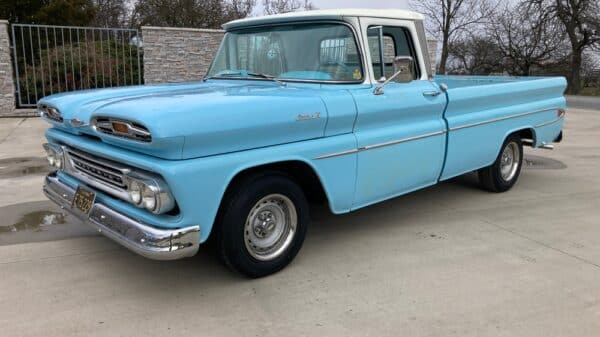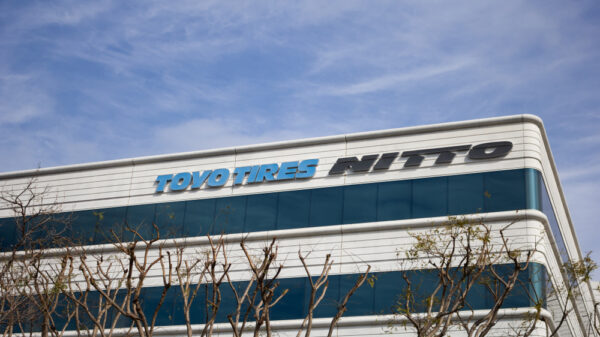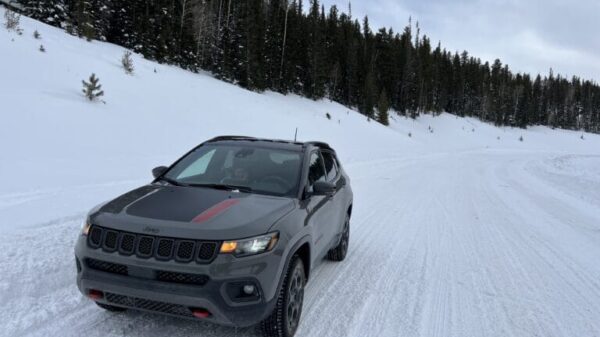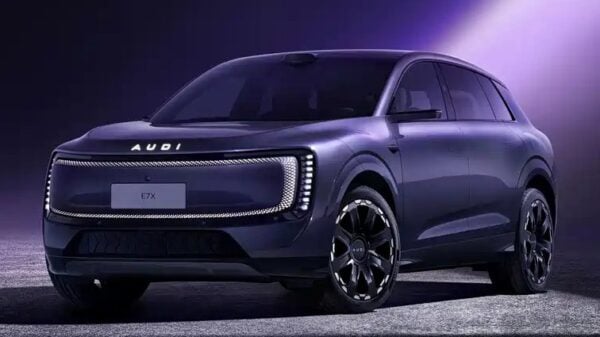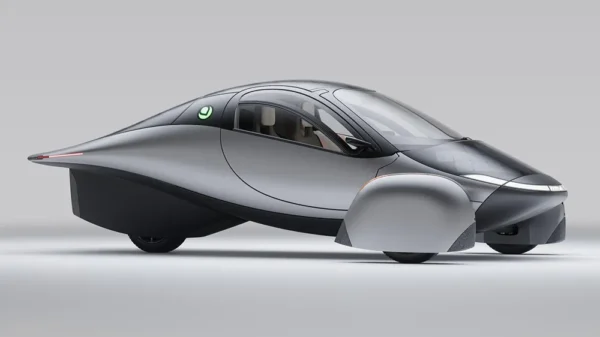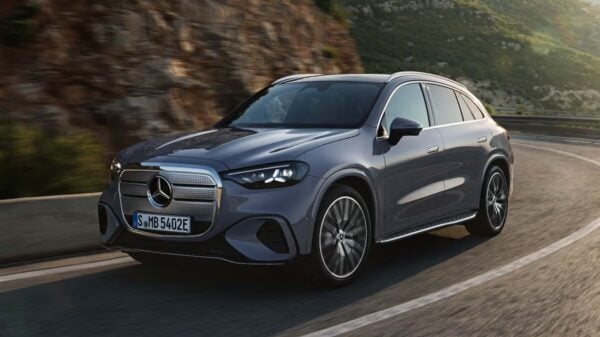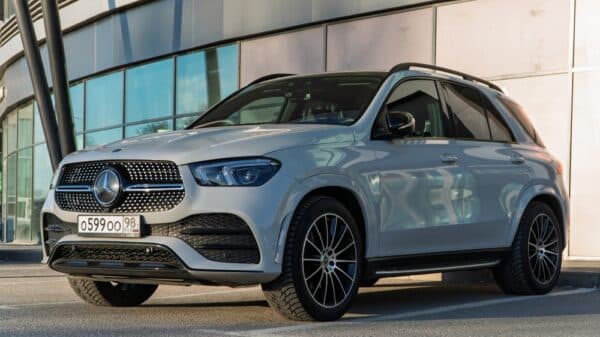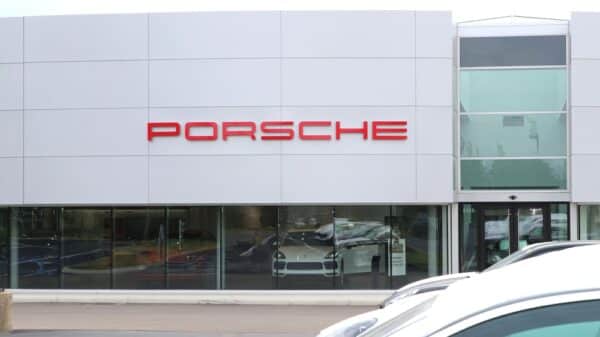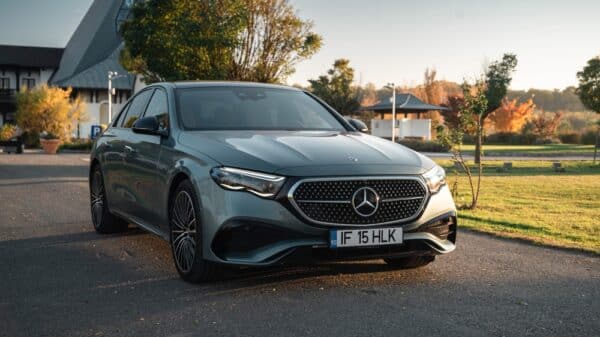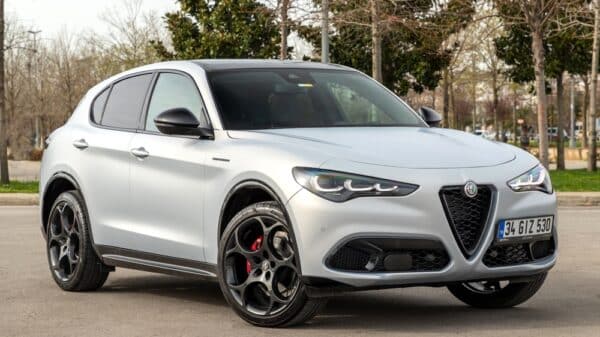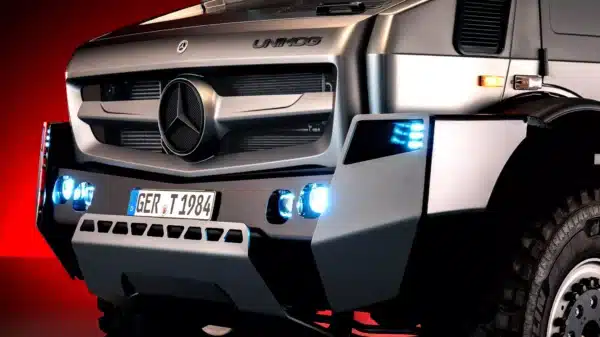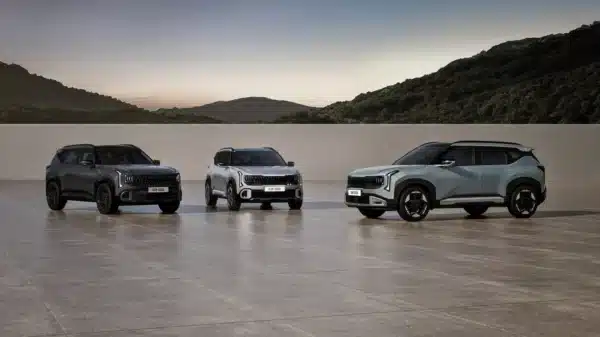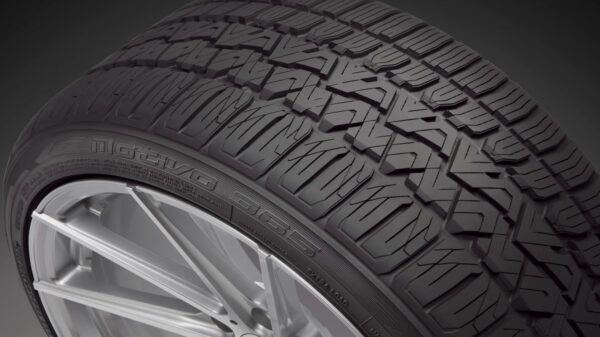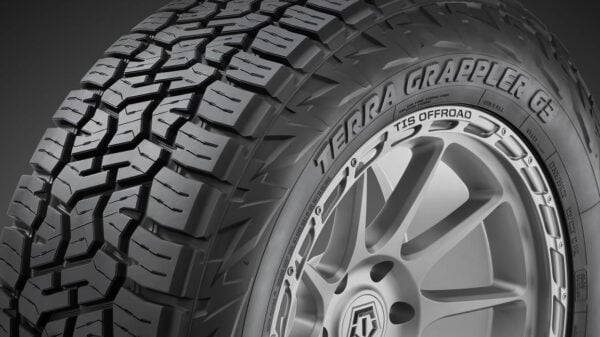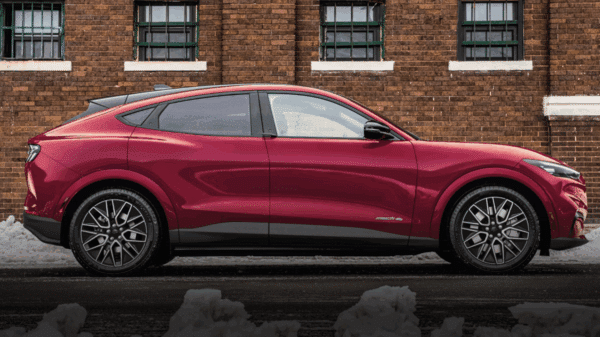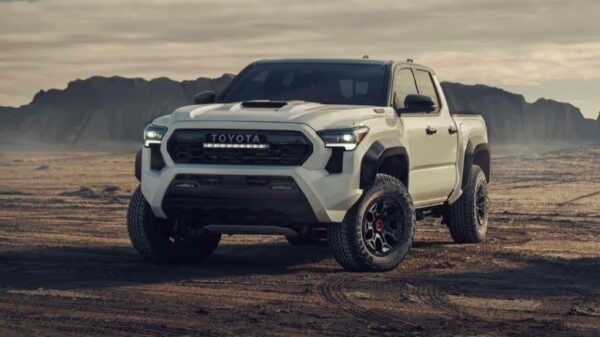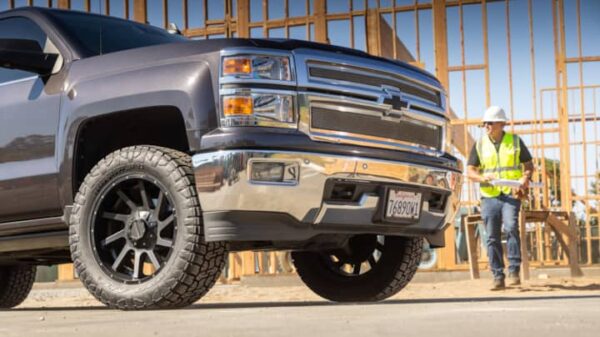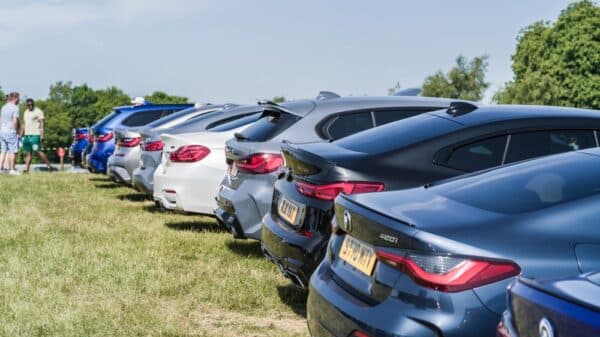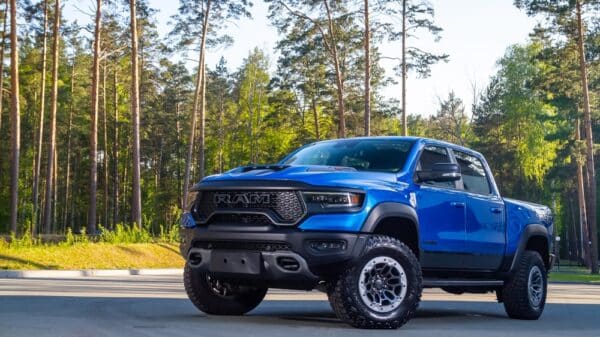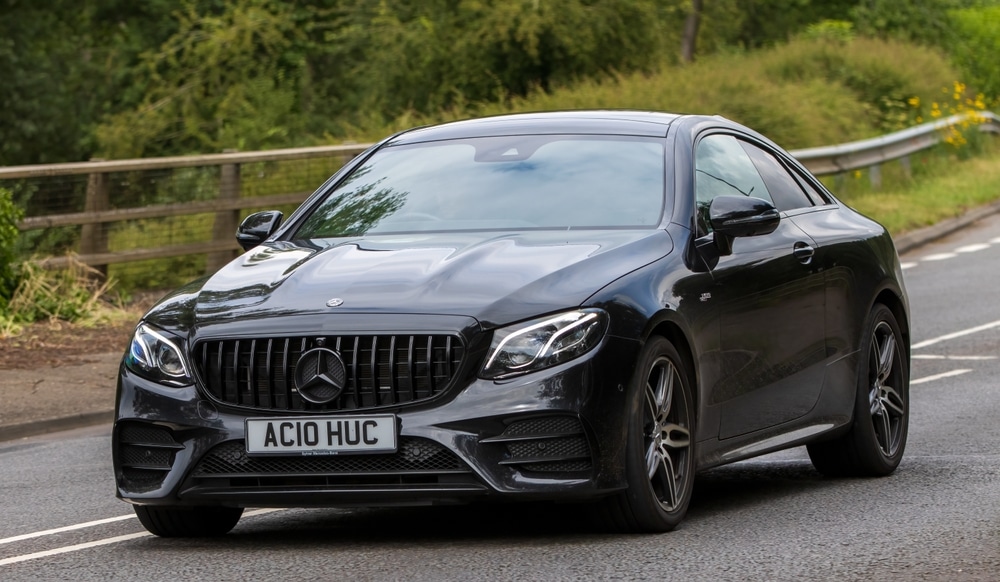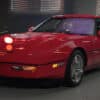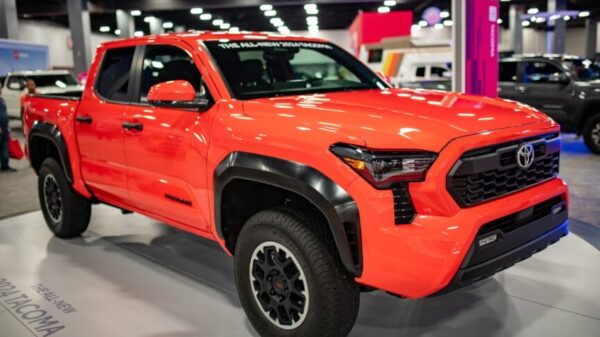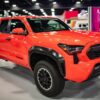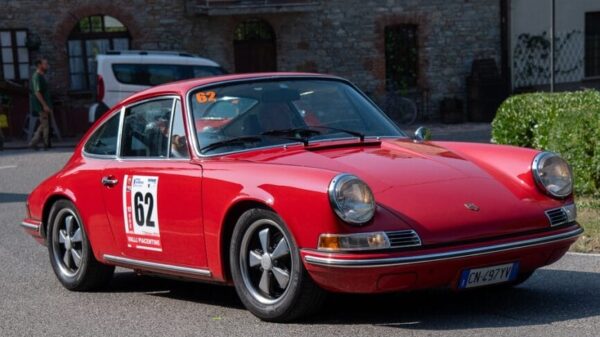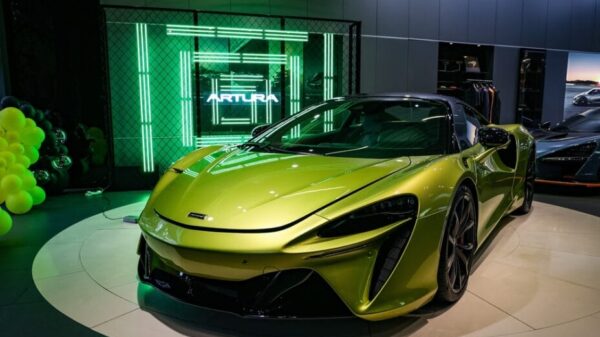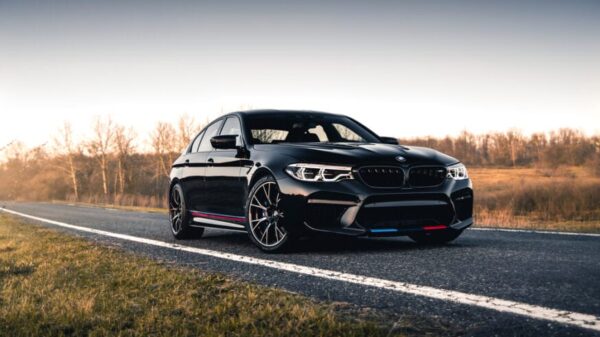The Mercedes AMG E 53 Hybrid is back in action, but this time it brings with it a blend of electric power and a more traditional internal combustion engine. It’s a fascinating transition from the roaring V8s of yesteryears to a state-of-the-art hybrid system. While it boasts more oomph and cutting-edge technology, the increased weight and, dare I say, a loss of that thrilling AMG growl raise some eyebrows among car enthusiasts.
As the 2025 Mercedes-Benz E 53 Hybrid rolls into dealerships across the U.S., there’s a palpable excitement in the air. This new model is equipped with more speed and significantly greater power than its predecessors. Yet, there’s a bittersweet note; it may have traded some of that adrenaline-pumping aggression that purists yearn for. During my recent winter driving experience, as I maneuvered through the chilly streets of Stuttgart and the snow-dusted roads of the Austrian Alps, I found myself wondering: what is the essence of the AMG experience?
With the E 53 Hybrid, I pressed the stop/start button, but instead of the thunderous roar synonymous with AMG, I was greeted only with silence. Sure, it was an electric mode initiation, courtesy of the 21.2-kWh battery pack that activates a 161 hp and 354 lb-ft electric motor. Mercedes enthusiastically claims you can achieve a 10% to 80% battery recharge in about 20 minutes using a DC fast charger. But for those who, like me, might be impatient about the charging, the 9.6-kW onboard charger can bring the battery back to full from zero in just under three hours using a Level 2 AC charger.
When it comes to all-electric range, those who can master the acceleration pedal can enjoy up to an impressive 42 miles, according to EPA estimates. On my test drive, I managed a range of 44 miles from a full charge, even with the temperature hovering around 30 degrees. It’s refreshing to know that you can glide along silently for short trips. The hybrid system, which marries a 3.0-liter turbocharged inline-six with the electric motor, yields a combined output of 577 hp and 533 lb-ft of torque. And if you really want to feel the punch, the AMG Dynamics Package leads to a temporary power spike of 604 hp—lethal speed without the growl of a V8, but still rather impressive.
The smoothness of the driving experience surprised me when, as I left the Mercedes’ Center of Excellence parking lot in Stuttgart, the seamless transitions through gears in EV-only mode felt almost futuristic. Though Mercedes claims the car can reach up to 87 mph in electric mode, I suspect we’d all agree that that doesn’t quite capture the AMG spirit when we think solely in terms of speed.
Upon hitting the Autobahn, the power was undeniably present, yet it felt a bit muted—like a knee-jerk reaction waiting to unfold but never quite reaching that eccentricity. Pressing the accelerator pushed my body back into the seat, yet it lacked that fierce, exhilarating kick that reminds me why I adore performance sedans. The new E 53 Hybrid, while quicker than its predecessor and clocking in at a commendable 0-60 mph time of 3.7 seconds, didn’t quite resonate with that raw AMG spirit I once experienced.
A significant change with the E 53 is the weight. Tip the scales at 5,280 pounds, it brings an added heft of 904 pounds compared to its predecessor—a weight that’s not easily perceived at first glance but is undoubtedly felt when driving. While on the highway, the adaptive dampers provide such a finely tuned ride that you almost forget about the extra weight. Comfort mode maintains a delightful balance, while Sport modes intensify without harshness. Yet, with the added bulk, it leaves me wondering how it feels in tight maneuvers and sharp turns; that’s still an open question that requires further testing against the chilly backdrop of the Alps.
Now, let’s dive into the regenerative braking system, which is key for efficiency in hybrid vehicles but comes with its quirks. The E 53 Hybrid’s four regenerative braking modes left me somewhat perplexed. I tried using the paddle shifters to switch through the regen levels—D-, D, and D+—but none allowed for a truly one-pedal driving experience. In Comfort mode, the regenerative braking operated almost erratically, which made for an unpredictable ride, particularly when drifting at high speeds—a situation no one would want to find themselves in, right?
While the E 53 Hybrid offers a brake pedal with a promising sense of bite—no more of the unwieldy feel experienced in the EQE—it can catch you off guard with its responsiveness, especially on a day when you’re not expecting it.
Visually, you might notice some AMG features, but overall, the presence of the brand feels somewhat understated. Sure, the Panamericana grille is recognizable, and there are larger intakes up front, but it doesn’t entirely scream, “Look at me! I’m fast!” As I sat in the elegantly designed cab—complete with a 12.3-inch digital display and a touchscreen interface—everything looked polished and functional. Sport bucket seats emotionally resonate with the driver, but those with larger frames might find them slightly snug. The sleek design elements look fantastic, but some features felt cumbersome to me, like the touch-sensitive volume controls.
As for the price, the starting point for the **2025 Mercedes-Benz AMG E 53 Hybrid sits at $89,150.** Optional features can quickly skyrocket this figure into the six-digit territory, making it hover in the pricing tier of the EQE and luxury competitors. The E 53 Hybrid, while offering more electric miles and power, still sits notably higher than comparable plug-in hybrids—the satisfaction you derive from those features may ultimately determine your choice.
Overall, the E 53 Hybrid presents a compelling blend of luxury, performance, and electric efficiency. It leaves you wondering if you’re ready to embrace a future that straddles the line between tradition and innovation. Would you choose the E 53 Hybrid as a path toward sustainable power or make the leap for a fully electric option like the EQE? Depending on your driving style and lifestyle, there’s a lot to consider with this fantastic piece of engineering.


